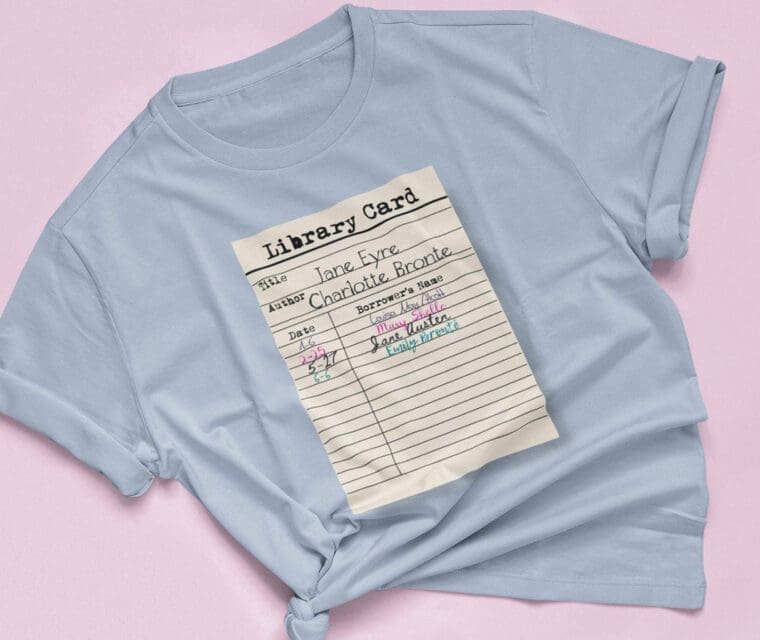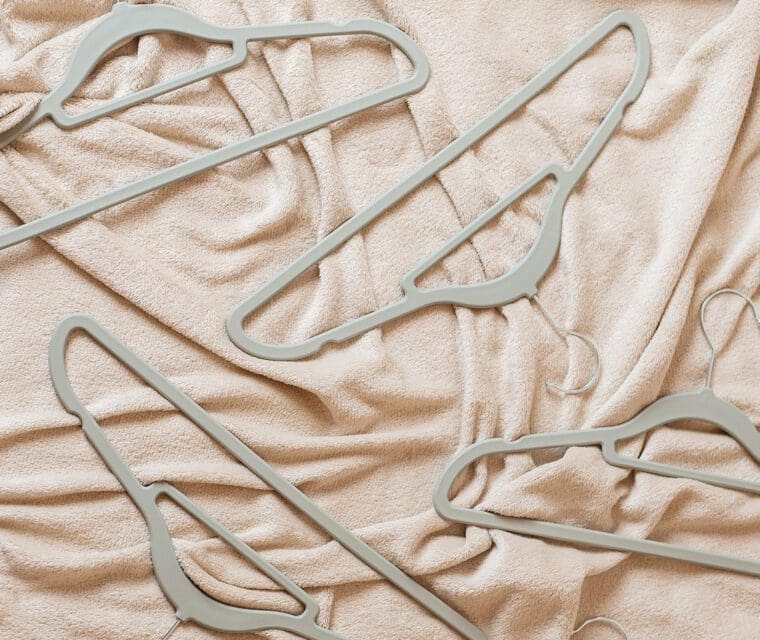What is Fast Fashion?
The term “fast fashion” has been defined a number of ways. Most definitions boil down to the speed with which a style is circulated through the markets. For example, Merriam Webster defines fast fashion as: “an approach to the design, creation, and marketing of clothing fashions that emphasizes making fashion trends quickly and cheaply available to consumers.”
The idea of making fashion trends available to consumers quickly is not inherently bad. It opens high style up to more people and democratizes style. However, when something is produced quickly, it is often produced cheaply.
From what I understand, cheap production results in two primary issues. First, cheaper products made with low-quality materials can fall apart faster or show wear quickly, limiting the piece’s lifespan. This leads to purchasing more individual items. Second, it is much easier to justify throwing away a low cost piece than a higher priced item.

What Makes Fast Fashion a Problem?
Like I said, not everything about fast fashion is a negative. Style is a part of our culture, so if more people can participate and interact with it, that can’t be a bad thing. However, the production cycle creates large amounts of waste (not to mention working conditions and exploitation for manufacturing factories). In 2012, 84 percent of unwanted clothes in the U.S. went into either a landfill or an incinerator. Fabrics, even natural fabrics, generally cannot be composted and they do not break down. This means that clothing that is thrown away and winds up in landfills, typically stays in landfills.
Even donating fast fashion styles can be a problem. Clothing donations can overwhelm charities. According to Newsweek, “fast fashion is forcing charities to process larger amounts of garments in less time to get the same amount of revenue—like an even more down-market fast-fashion retailer.”
Luckily, some brands (like Quince clothing, for example) are working hard to make affordable, ethical clothing away from the fast fashion model.
What Can Be Done?
Everything in Moderation: Limit Purchases from Fast Fashion Stores
Some of the bigger fast fashion stores include: Victoria’s Secret, H&M, Zara, Forever 21, and Topshop. While these brand behemoths stick out as obvious “fast fashion” figures, it seems like many — if not most — of the conventional mall store brands (this article references Loft and J.Crew, two of my personal favorites) can be considered fast fashion offenders.
Like a restrictive diet, I think saying 100% “no” to “fast fashion” is not necessarily a sustainable consumer option (pun intended). I believe that the first step is to reassess purchases and limit fast fashion purchases. Relatedly, I think purchasing higher quality staples — well-made jeans and basic t-shirts, for example — makes it easier to avoid fast fashion tees and bottoms from H&M and the like. If you’re a fan of fast fashion stores, maybe stick to statement pieces that you can’t find elsewhere.
With smaller steps, it is easier to move away from this unsustainable fashion trend.
In-House Recycling & Upcycling of Old Clothes
Cloth often can’t be recycled, as described above. This can be because of what the fabric is treated with or the base of the fabric itself. Regardless, it is only natural to completely wear out an old favorite tee or stain a sweatshirt beyond rescue.
Typically, with these items, there are two traditional options: first, donate it to a charity and, second, throw it out. Throwing it out isn’t a great option. Donating clothing that clearly won’t be reused and given to someone in need puts a lot of pressure on charities and can cause more waste in the long run.
So, instead of throwing away these items, consider repurposing the fabric into cleaning cloths. Try cutting up old clothes and using the squares and strips for cleaning cloths. This saves on paper towels and repurposes the clothing into something new and useful. Softer fabrics could even become wash cloths. For some more creative options for up cycling, check out this article I found from Pinterest.
Alternatively, there are more and more companies that are developing ways to recycle clothes, often shredding them to be used in insulation or carpet padding, among other new products.
Send Clothes to ThredUp
ThredUp is an online consignment store and thrift shop. Send them your unwanted clothes and they’ll either sell it on their site, donate the pieces they think won’t sell but are in good shape, or responsible recycle the fabric.
This is a super easy way to clear out your closet (does it spark joy!?), make a little money, and prevent pointless waste. It can take a while to get a payout on your shipment, and the payout isn’t super high, but it’s so easy that the cash is just a bonus.

Sell Clothes on Poshmark
Poshmark has the same general concept as ThredUp — sell gently used clothing to prevent waste and make some pocket money. Unlike ThredUp, though, Poshmark operates more like eBay, where shoppers can make offers on individual pieces that you list in your “closet.”
Poshmark requires a lot more energy from sellers than ThredUp, and simple items (IE: basic t-shirts) don’t sell as well. I like to use Poshmark for my pieces that I know are like new and a bit on the special side, but just not my style anymore. For the plainer pieces, I save them up and send them in to ThredUp from time to time.
A lot of the clothes on Poshmark are either like new, new without tags, or actually new with tags. There are a bunch of fancy brands on there, too. I recently found a new without tags Zimmermann dress for $85 (retail was at least $350).
If you’re interested, you can check out my Poshmark closet here. Learn more about selling your clothes on Poshmark in my sellers guide to the platform here!
*This post was originally published in 2019. It was most recently updated on November 20, 2023.


